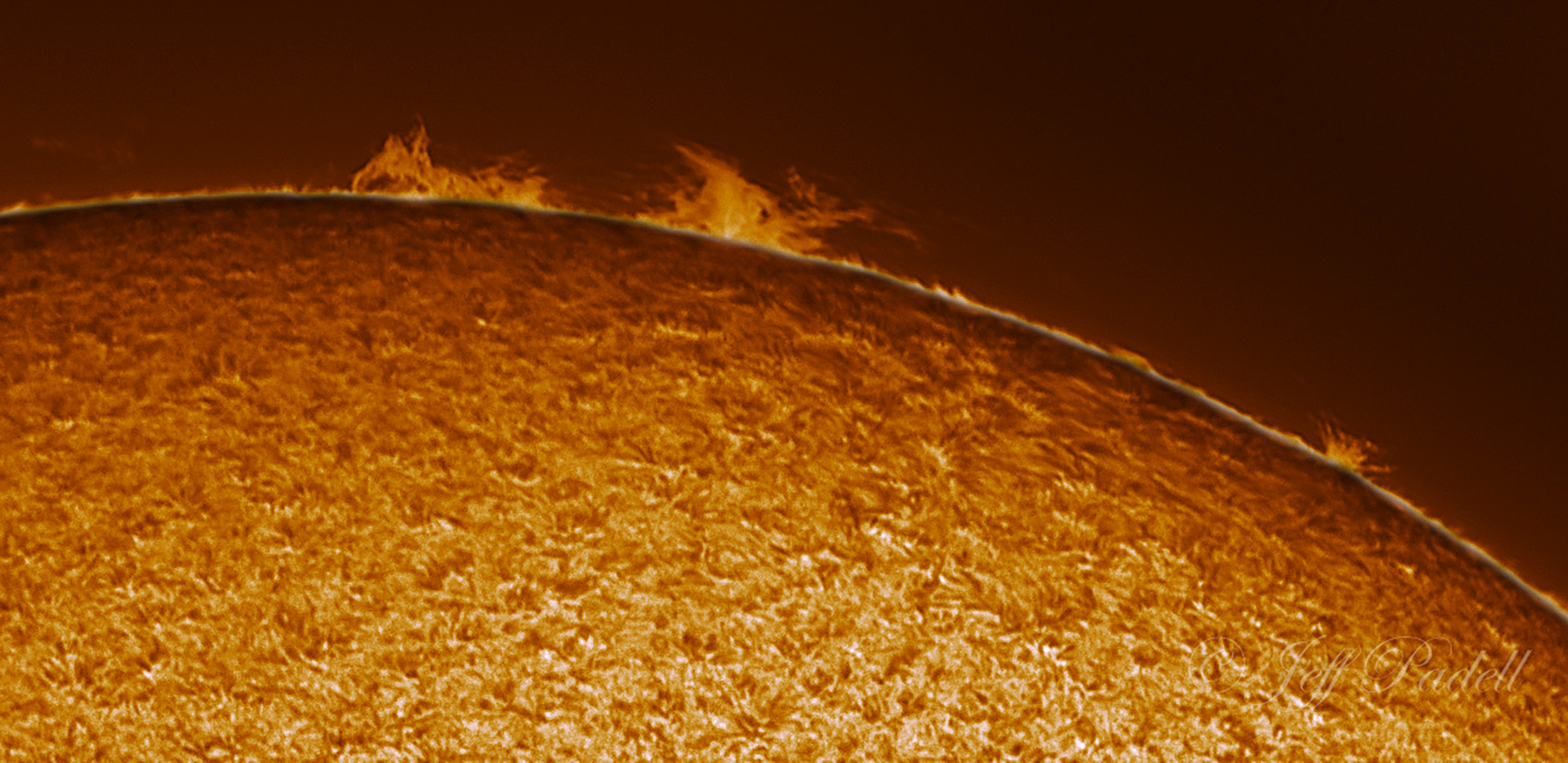
Aphelion
July 2018 :
Note: This article may contain outdated information
This article was published in the July 2018 issue of The Skyscraper and likely contains some information that was pertinent only for that month. It is being provided here for historical reference only.
Although the real, continuous hot summer weather hasn’t gotten to us yet, we do have to think about why we are beginning this annual heat wave. After all, aren’t we at the farthest distance from the Sun? And, doesn’t the differing distance from the Sun determine our seasons?
We’re sure many of you have seen what is now an old production, available on YouTube, called “A Private Universe.” Filmed many years ago at a Harvard graduation ceremony, creator of the portable planetarium system Starlab Philip Sadler attended the graduation with a microphone and a cameraman, and asked many brand-new graduates what causes the seasons. Although he didn’t state how many he actually asked, all the ones that made his video gave the same reason: That the distance to the Sun was the cause.
This might be a slight problem, as this month, July 6th, to be exact, is the date we will be as far away from the Sun as we possibly can this year, over 94 million miles away. Now, at first, this concept might not make any sense. It’s just illogical. Or is it?
Our planet is tilted 23 ½ degrees from the vertical. As such, when we are traveling around the Sun in its annual orbit, that tilt will cause the Sun to appear to be in a different position in the sky virtually every day. Right now, as we have just passed June 21st, the day that the Sun, from our perspective, is as high above the celestial equator, 23 ½ degrees, we are having the most amount of sunlight per day as we can, about 15 hours. This is occurring as we are now at our furthest distance from the Sun; so, it doesn’t appear as if this Earth-Sun distance directly causes any variation in temperature.
Actually, although we are orbiting the Sun in an elliptical path, our change in distance isn’t really that much. From closest to furthest, there is only a 3 million mile, or about 5%, change. If we could compare the Earth’s path with that of a perfect circle, placing one on top of the other, there would hardly be a difference. The two would appear almost the same; therefore, the only reason for our change of season is our planet’s tilt.
Also, if you check any Earth globe, you might find two lines situated 23 ½ degrees above and below the equator. These, listed as the Tropic of Cancer and Tropic of Capricorn, show the highest and lowest points on the Earth that the Sun appears to pass. Unfortunately, the names refer to the position of the Sun within the constellations it appeared to be in millennia ago. Because of another of the Earth’s motions, precession, the Sun has appeared to move a bit, and these lines by right should now refer to the constellations Gemini and Sagittarius. I’ll be waiting for the new globe designations to come out.



